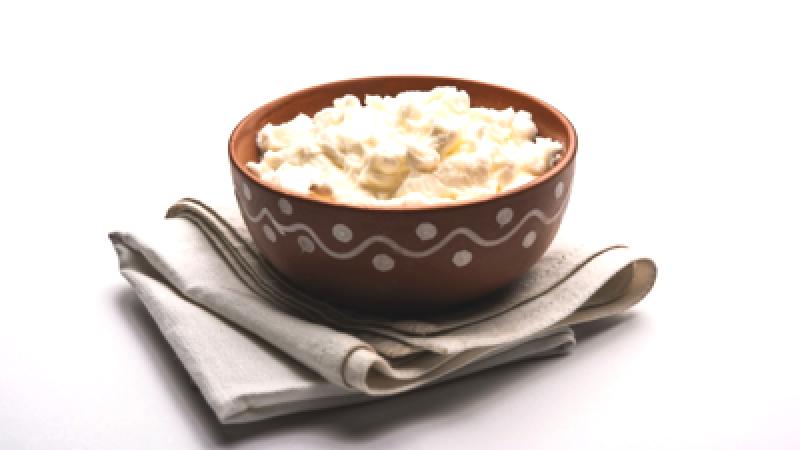
Known by various names such as white butter, loni, safed makkhan, or simply makkhan, this desi gourmet butter plays a prominent role during Janmashtami. Used in popular dishes like Benne Dosa from Karnataka, Makke di Roti and Sarson da Saag from Punjab, and Thalipeeth from Maharashtra, this hand-churned butter is considered a healthier alternative to the processed, yellow butter. Not only is it healthier, but it also offers a richer taste. Made from churning or curdling cream or full-fat milk, white butter is softer, milder, smoother, and more versatile compared to its yellow counterpart. It is commonly prepared at home and is a staple ingredient in many regional Indian cuisines.
Advantages of white butter include being unsalted, unprocessed, easy to digest, free from harmful trans fats, boosting immunity and metabolism, benefiting skin and gut health, and serving as a good source of antioxidants. Additionally, there is a calorie difference of approximately 15-20 calories per tablespoon between white butter and yellow butter. To make white butter at home, start by collecting fresh, full-fat milk, refrigerating it, and separating the cream that forms on top. Churning the cold cream by hand using a churner or wooden whisk until the butter separates is one method. Another option is to blend the cream in a blender on medium speed until the butter forms and separates, then adding ice-cold water to solidify the butter. Remove any excess liquid, knead the butter under cold water to remove trapped liquid, and store it in a clean container in the refrigerator.The butter has a firm yet creamy texture, as described by Sanat Sarpotdar, owner of Poona Guest House. This versatile ingredient has numerous uses, such as:
- Ideal for making ghee
- Excellent for baking
- Functions as a softening agent
- Delicious as a spread on toast or crackers when combined with honey, herbs, or spices like chili flakes
Here is a recipe for Ghewar with Makhan Mishri by Chandramohan Shah, sous chef at Fort JadavGADH:
Ingredients for Makhan Mishri:
- 1/2 cup ghee
- 6 ice cubes
- 4 tablespoons mishri (rock sugar)
- 2 mint leaves
Directions:
- Place ice cubes in a bowl and add ghee. Whisk for a few minutes until butter forms.
- Remove ice cubes and mix in mishri. Garnish with mint leaves.
Ingredients for Ghewar:
- 3 cups flour
- 1 cup white butter
- 3-4 ice cubes
- 4 cups water
- 1/2 cup milk
- 1/4 tsp food coloring (yellow) or saffron
- 1 kg white butter for frying
Ingredients for the syrup:
- 1 1/2 cups sugar
- 1 cup water
Toppings:
- 1 tsp cardamom powder
- 1 tbsp chopped almonds and pistachios
- 1 tbsp milk
- 1/2 tsp saffron
Directions:
- Prepare the sugar syrup and set it aside.
- Mix ghee with ice cubes until it turns white.
- Add milk, flour, and water to make a smooth batter, then mix in the food coloring.
- Heat butter in a vessel and pour batter in threads, allowing foam to settle before adding more.
- Dip Ghewar in the sugar syrup, drain excess, and top with saffron milk, chopped dry fruits, and cardamom powder.
- Serve with Makhan Mishri.











